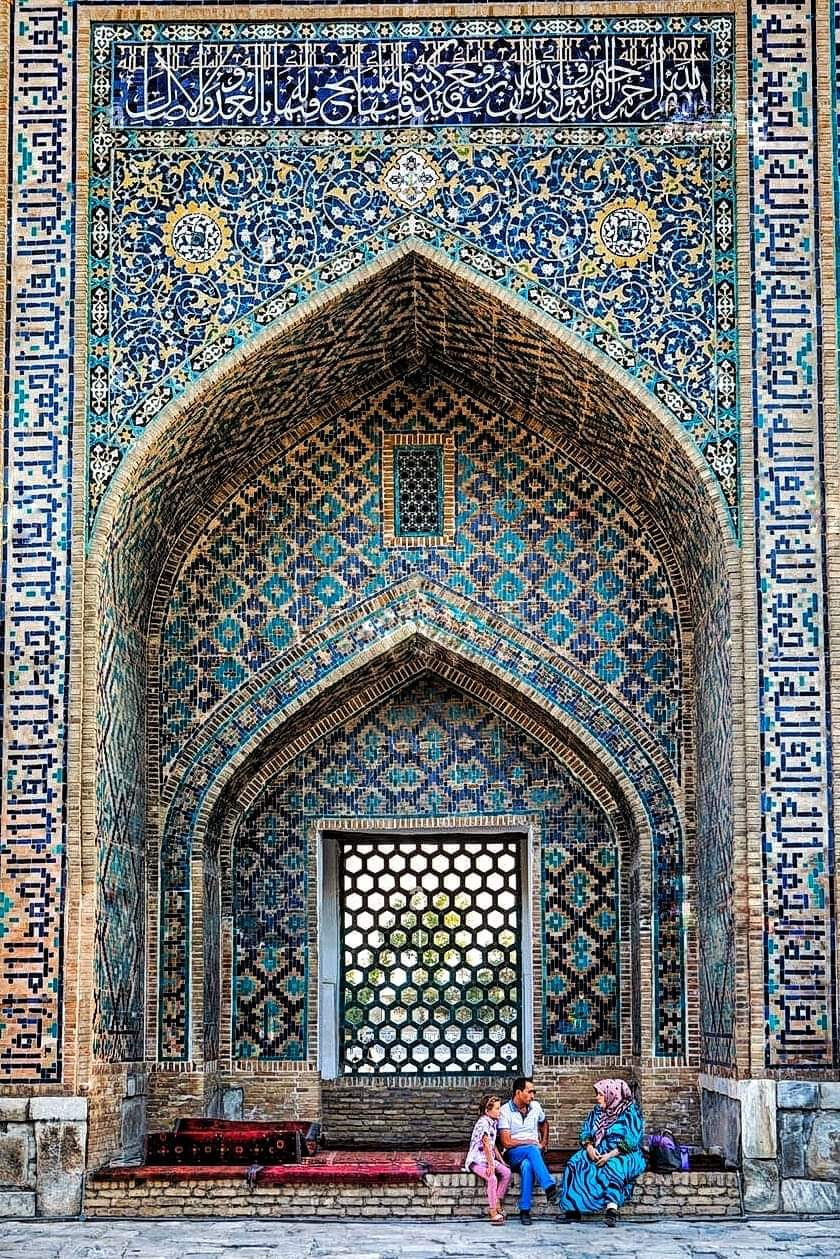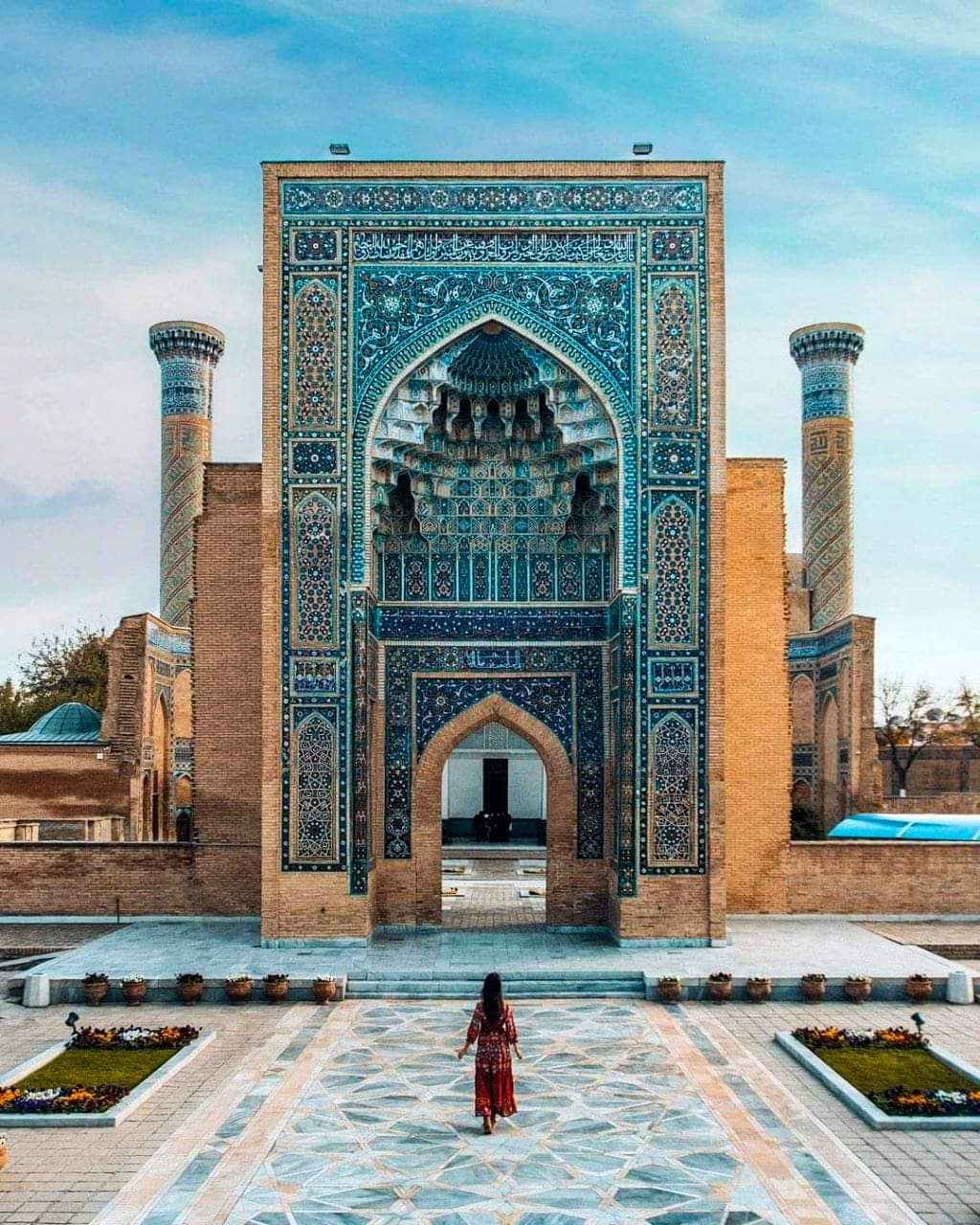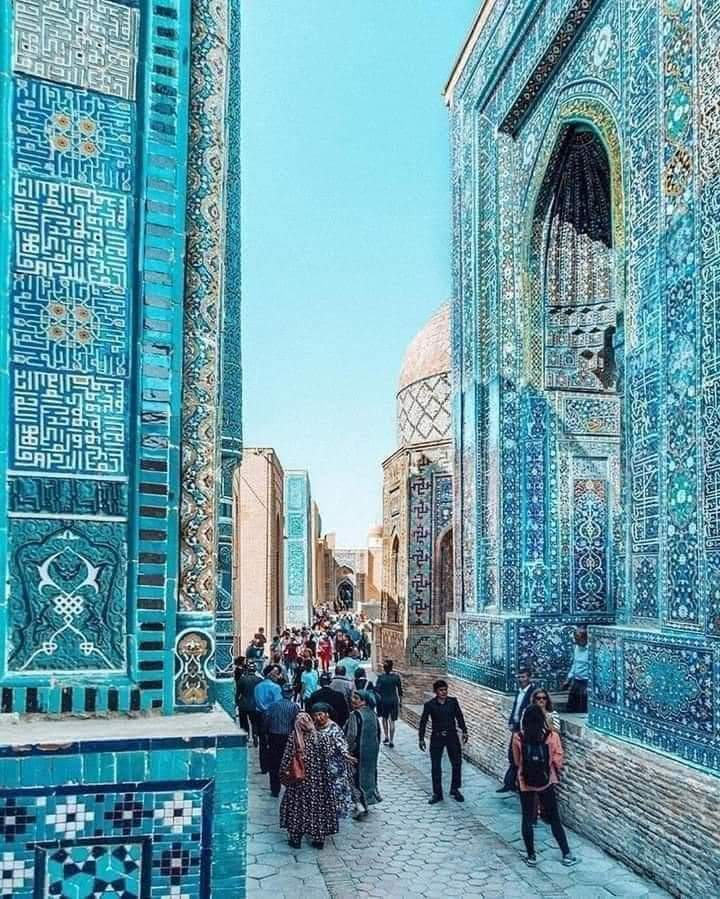#Uzbekistan, located in Central Asia, is rich in history and culture. It was a vital part of the ancient Silk Road, contributing to the diverse architectural influences throughout the region. Uzbekistan's architecture blends Islamic, Persian, and Turkic elements.
One of the most notable architectural landmarks is Registan Square in
#Samarkand, adorned with three magnificent madrasas. The intricate tile work, geometric patterns, and majestic domes showcase the brilliance of Islamic architecture.
#Bukhara, another historical city, boasts numerous ancient mosques, minarets, and caravanserais. The Kalon Minaret and the Po-i-Kalyan complex are remarkable examples of Islamic design with soaring towers and ornate facades.
#Khiva, a well-preserved medieval city, showcases a unique blend of mud-brick architecture and intricate tilework. The Ichon-Qala fortress is remarkable with its towering walls and intricate gates.
Uzbekistan's architectural heritage continues to be celebrated and preserved, attracting visitors from around the world who marvel at the country's stunning historical monuments and buildings.
#lensofanarchitect #ancienthistory #asian #asianart #designer #Uzbekistan, located in Central Asia, is rich in history and culture. It was a vital part of the ancient Silk Road, contributing to the diverse architectural influences throughout the region. Uzbekistan's architecture blends Islamic, Persian, and Turkic elements.
One of the most notable architectural landmarks is Registan Square in #Samarkand, adorned with three magnificent madrasas. The intricate tile work, geometric patterns, and majestic domes showcase the brilliance of Islamic architecture.
#Bukhara, another historical city, boasts numerous ancient mosques, minarets, and caravanserais. The Kalon Minaret and the Po-i-Kalyan complex are remarkable examples of Islamic design with soaring towers and ornate facades.
#Khiva, a well-preserved medieval city, showcases a unique blend of mud-brick architecture and intricate tilework. The Ichon-Qala fortress is remarkable with its towering walls and intricate gates.
Uzbekistan's architectural heritage continues to be celebrated and preserved, attracting visitors from around the world who marvel at the country's stunning historical monuments and buildings.
#lensofanarchitect
#ancienthistory #asian #asianart #designer






